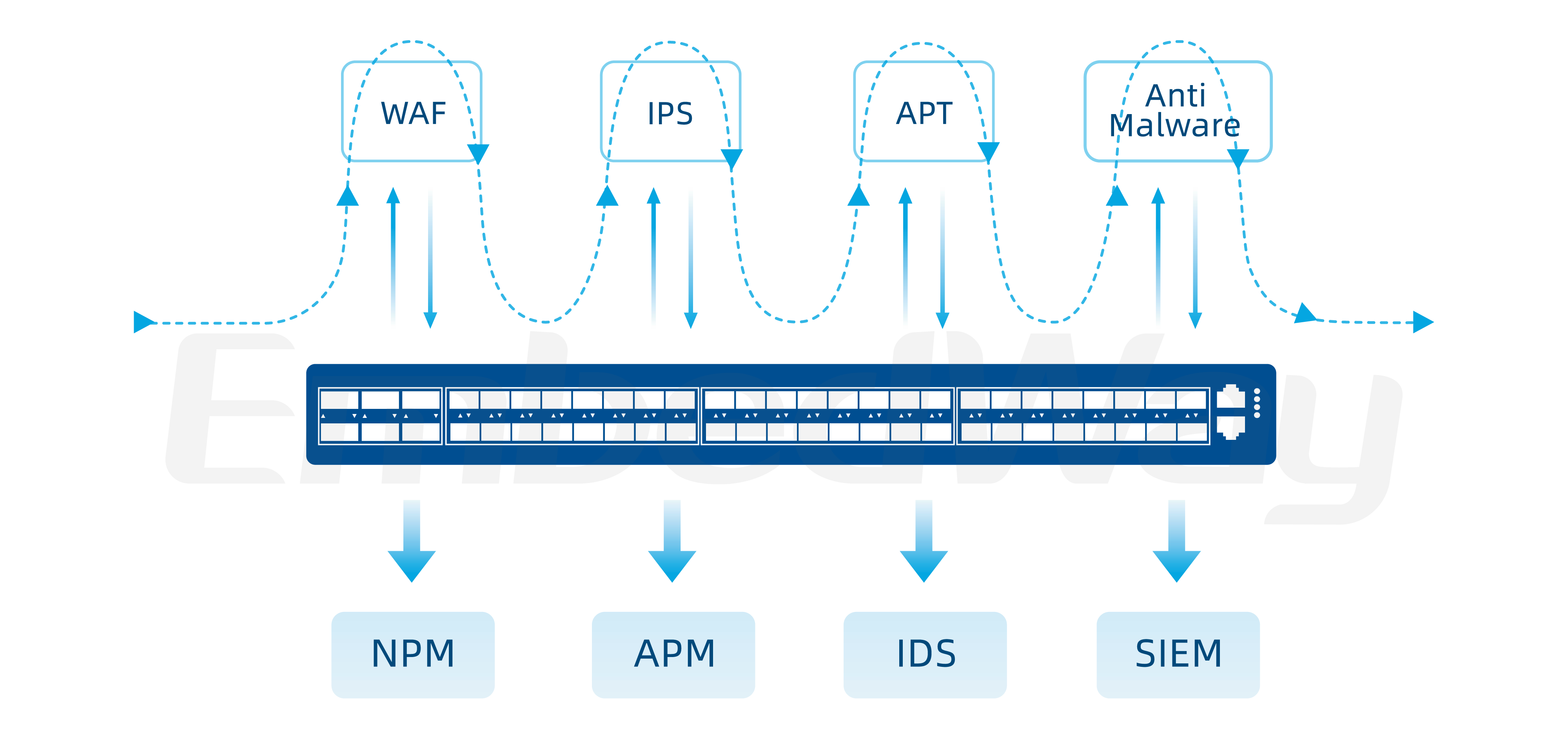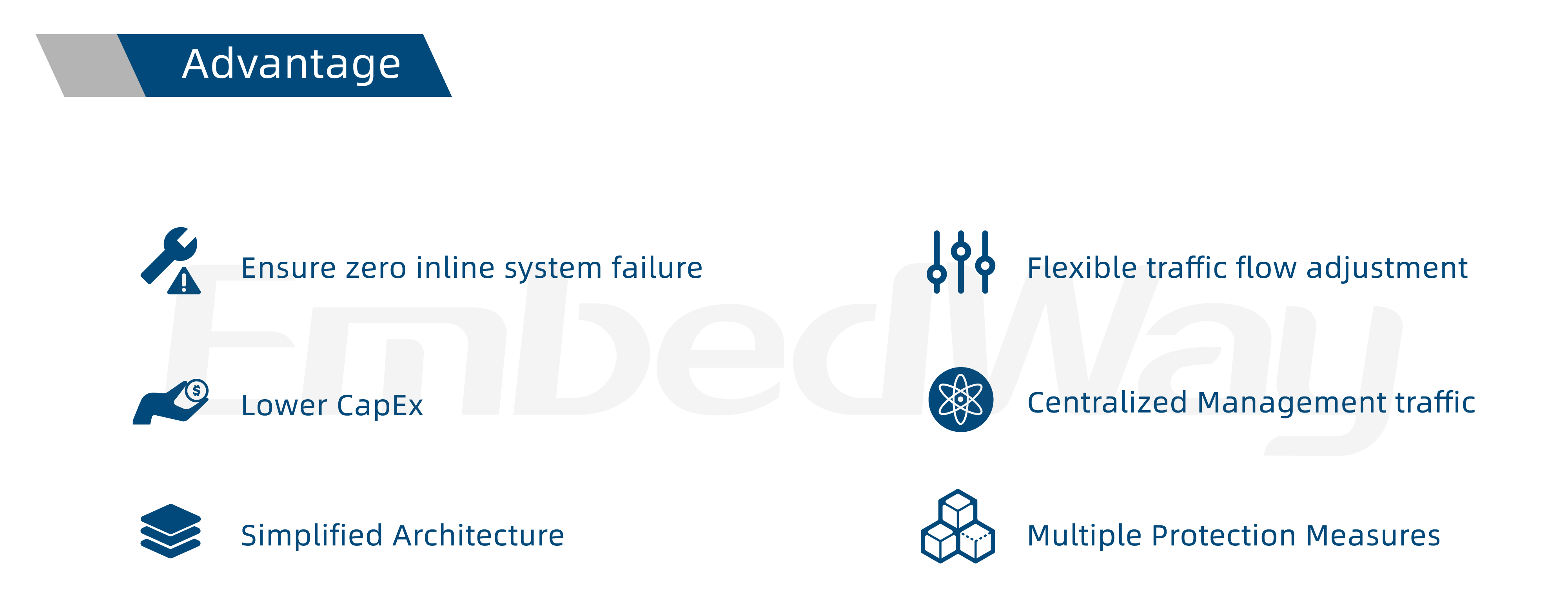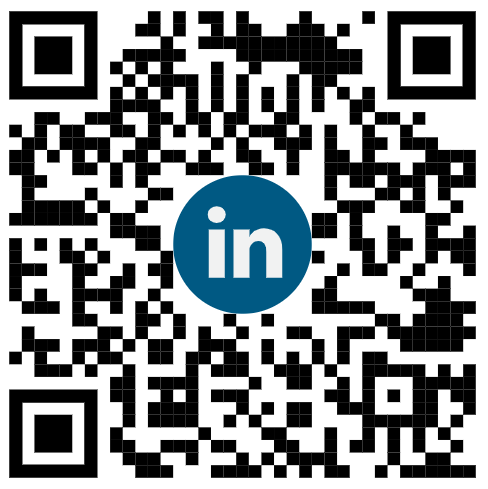

Why is inline tool visibility used?
The network operations team should have a high degree of agility in order to quickly adapt to new business needs and cope with higher dynamic traffic. At the same time, they also need to ensure the continuous stability of network performance to guarantee the productivity and satisfaction of employees and customers. To do this, the network operations team uses a variety of security and operation and maintenance tools to support the team in efficiently completing the above tasks.
These tools are often deployed in a serial manner at critical locations in the network, such as the Internet exit. The operational stability of these tools has a significant impact on the overall network stability. At the same time, maintenance management or system upgrades of these tandem tools may also result in network unavailability. These issues have long plagued network operations and maintenance teams. EmbedWay's inline tool visibility solution is carefully designed to address the unique challenges faced by network operations teams and effectively meet their needs.

Challenges
Problems often faced in network operations include:
• Complex topologies and numerous devices make maintenance and troubleshooting difficult.
• The network must be interrupted when upgrading, adding, removing or replacing any inline tool.
• Inline tools must handle the entire traffic, with low performance utilization.
• When the device fails, the network needs to be physically bypassed to ensure normal operation.
• Some passive tools need to be deployed in addition to the inline tools to perform additional analysis. These passive tools additionally require a complete copy of the network traffic.

Benefits
By deploying EmbedWay's Traffic Orchestration Appliance, the above issues can be effectively optimized and provide a viable solution. The device's physical bypass protection interfaces are deploped at key locations in the network, while all inline and passive tools are connected to the traffic orchestration device's service interfaces. The Traffic Orchestration Appliance can orchestrate and forward traffic across multiple inline tools on demand, and duplicate an additional copy of the traffic output to the passive analysis tool.
This deployment scenario has the following functional characteristics:
• Enables flexible traffic forwarding between all tools, simplifying network topology and improving maintenance and troubleshooting efficiency.
• Upgrade and maintain any tool without impacting the overall network, enabling zero downtime by supporting gray-scale deployments.
• Extracts targeted traffic and load balances it across multiple security tools to maximize performance, and can easily cope with continuously growing traffic pressure.
• Physical bypass ensures the effectiveness of essential network functions in the event of device failure, including power failure anomalies.
• An integrated solution that also integrates inline and passive devices reduces the number of additional tapping points for devices and reduces the points of failure for deployments.





Copyright©2024 EmbedWay Technologies (Shanghai) Corporation
Stock code: 603496
沪ICP备07003214号-1
Terms of usage


